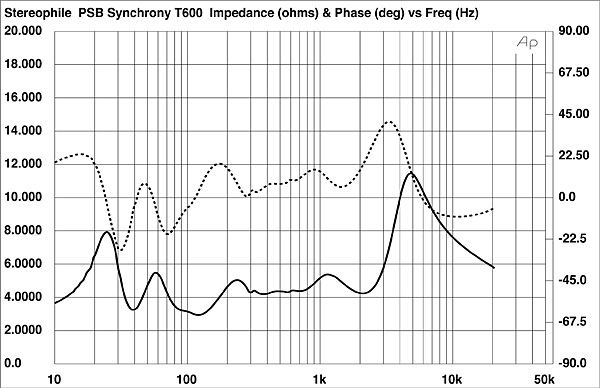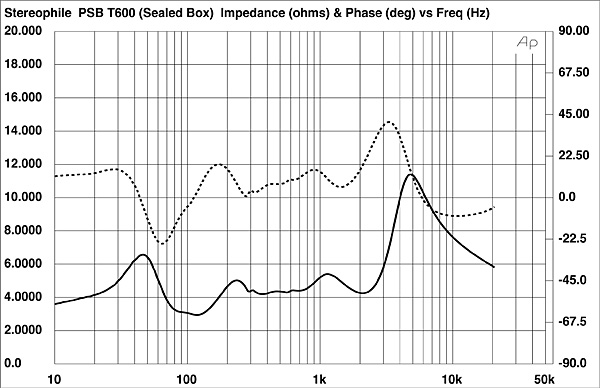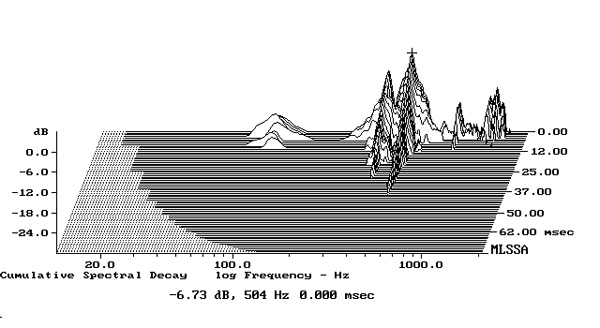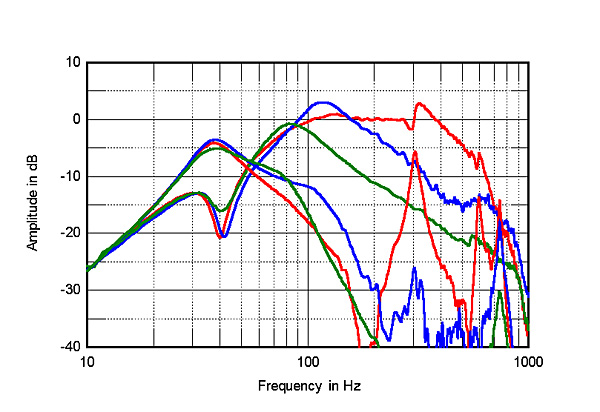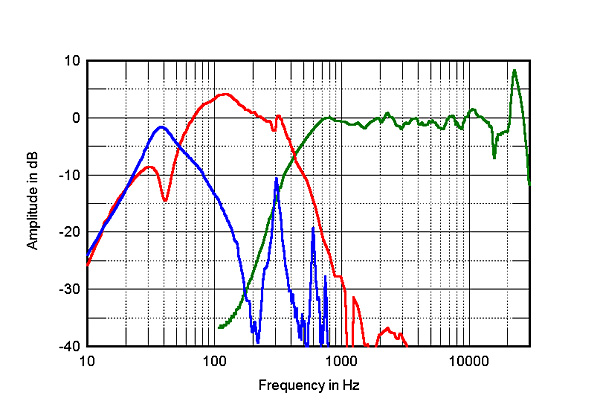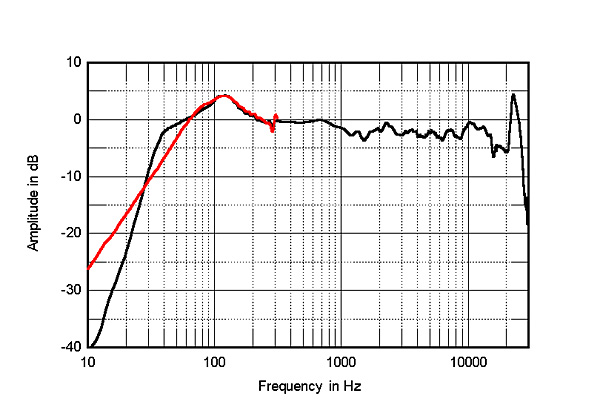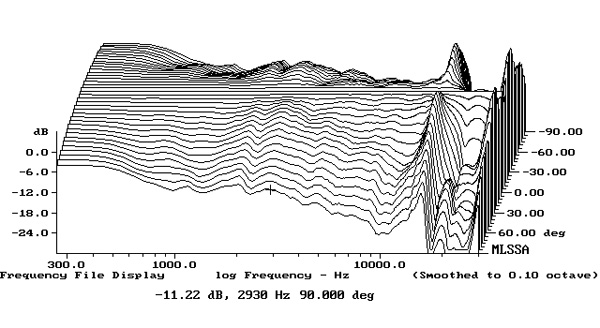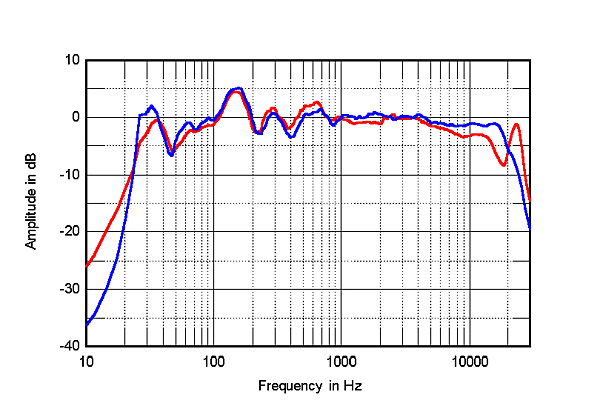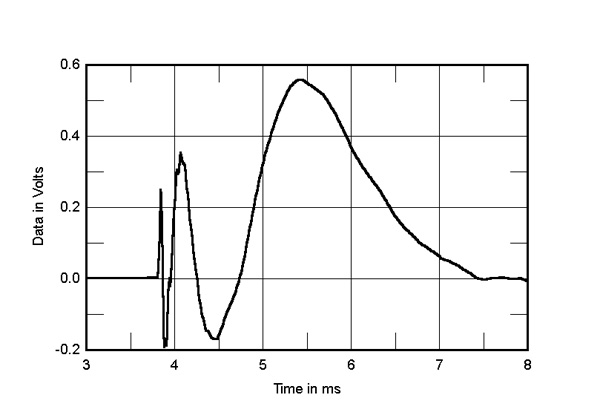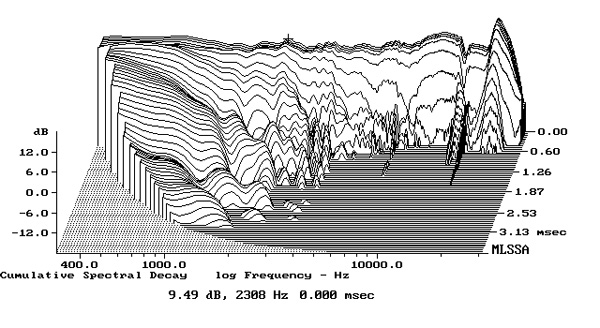| Columns Retired Columns & Blogs |
JA, no preamp, really? where was volume control happening? I would think your listening notes might be different if there was an active preamp in the chain. which brings me to the second point, the treble response of these speakers seems to be deliberately shelved down above 10khz, though with a large peak over 20khz. You commented at length about getting the bass right, but you said little about treble detail in the listening section (except to note the Cantons sounded more detailed). Is the fact the the crossover to the treble is relatively low (1.8khz) somehow related to the fact that the FR is so tipped 'down'? Again, I would have thought that using an active preamp in the chain (the parasounds are presumably designed to be used with a preamp) would have changed the total sonic signature. Of course, I am well aware that a truly transparent active preamp is hard to find and expensive. Etc.
